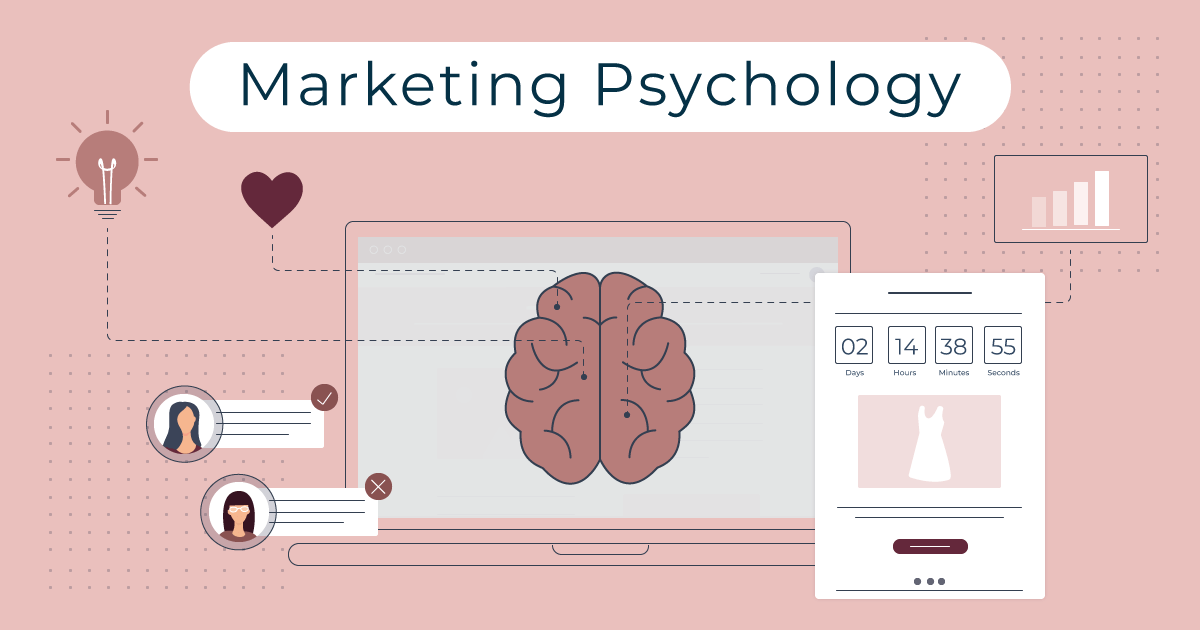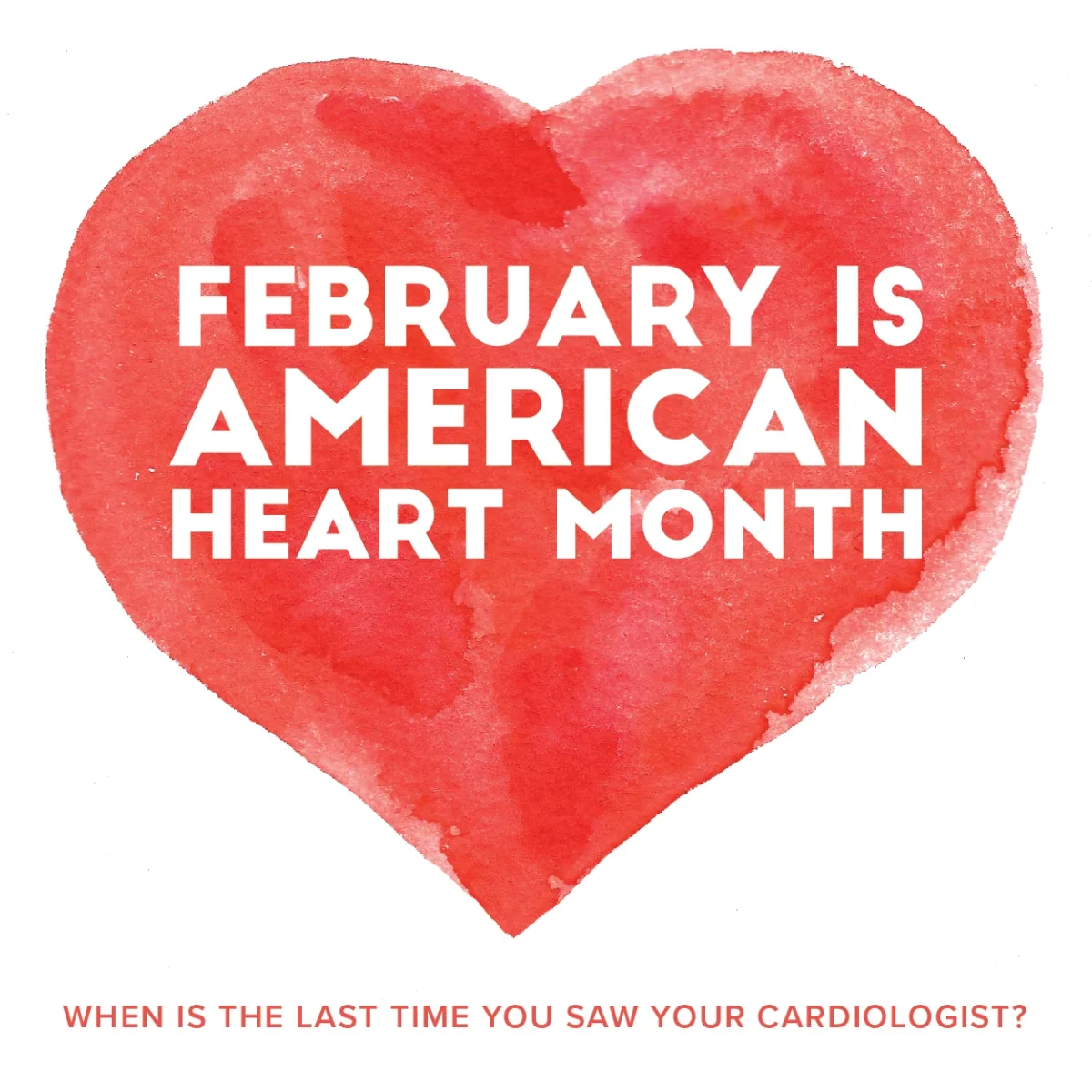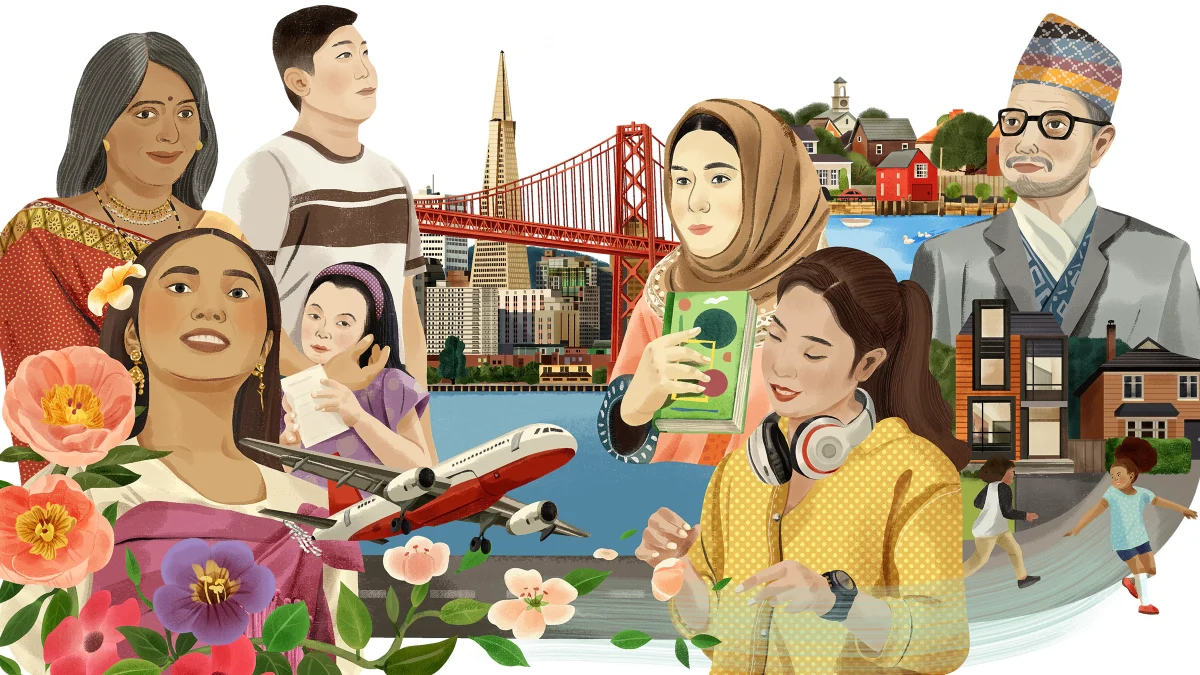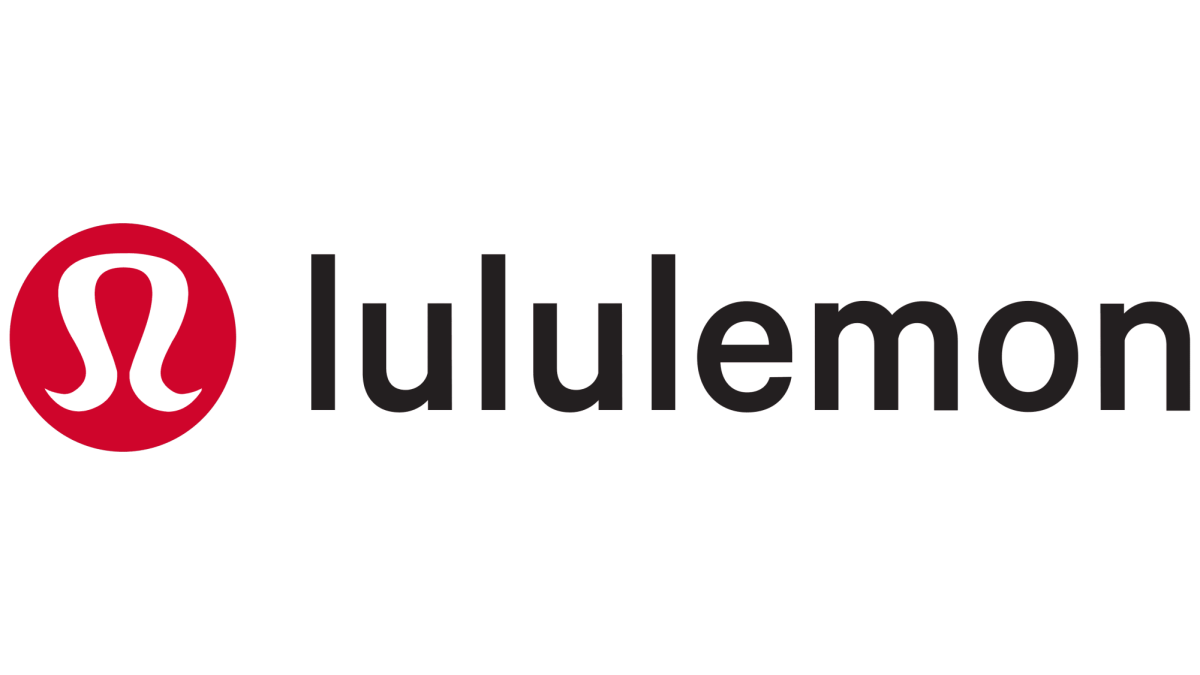Marketing “hacks” are used everywhere, so much so that you may not even recognize it as a strategy for you to buy their products. Most people think something along the lines of, Marketing tricks don’t work on me! I only buy the products that meet my standards! but about those cookies you impulsively bought because they looked good? What about that cooking set you spent $80 on because you decided just now that you wanted to learn cooking? There are tons of tricks businesses use to lure you in, some of which are well-known and others that are more obscure.
The most well-known strategy is the specific use of color. Vivid colors usually invoke positive vibes and stand out against pastel or neutral backgrounds, making the brand more noticeable and memorable. Everyone knows the McDonald’s logo: it’s the yellow M, often paired with a red background. Plus, through thorough research of color psychology, brands will assign colors to products depending on the emotions they want to invoke. Blue is a calm and relaxing color; it is also the most “trustworthy” color. Many brands like Chase Bank and Dove use blue.
Another strategy is called social proof. It is the feeling of “If a lot of others/this specific person or group is/are doing this, then it must be worthwhile.” Whenever an influencer is creating a sponsored video, a celebrity is making an advertisement, customer ratings are shown, or a customer talks about their experience with the brand, social proof is being used. This strategy has changed quite a bit over the years; with social media now, people know to take everything with a grain of salt, but on the other hand, some are too gullible, which is how they get scammed and how the companies make quick bucks.
FoMo, short for “fear of missing out,” is exactly what it sounds like. Fear is a powerful emotion; it keeps animals alive. Even though it could be said that humans are above the process of natural selection, fear remains one of the strongest feelings. Marketing with FoMo creates fear of missing out on something wonderful, which is fairly useful in earning money, so long as the advertisement is shown to the correct audience. Scarcity marketing is another thing that is what it sounds like it is. Businesses elevate a product’s quality and then tell the customers to Hurry up and buy it! The sale is on for only one more week! Buy one get one free, only for Independence Day weekend! People tend to make less rational decisions when rushed. This strategy is commonly employed with food-related deals, especially at fast-food and/or chain stores.
An example of the anchoring effect is when there is a price shown, but then it’s followed by a better price or better deal. This works because a cognitive bias is created to rely on the first piece of information (the “anchor” piece of information) more than the second piece of information to make a decision. Black Friday deals are the epitome of this strategy. Stores will claim that this item was once $78.99 when it clearly could not be sold for more than $40.00 and say that there is a 70% sale and this item is now sold for $23.70. While people may know about this technique, that doesn’t make it less effective by a large amount. While $23.70 may normally be seen as an okay price, showing the Original $78.99! makes that price seem like a much better bargain than it is.
The Endowment effect is when people see certain items, usually the products that they own, as more high-value than that same item if they did not own it. This is very prominent in emotionally important and/or symbolic items, especially very rare products. The company will allow customers to return an item with a full refund or test out an object before buying it. The familiarity creates an emotional bond, which encourages customers to keep the item or even buy more of it.
The decoy effect is when a third item/deal with a “better” price is introduced to make customers choose between two items of similar prices. For example, when restaurants sell S, M, and L-sized drinks, usually the S drink will have a higher price per mL than the L-sized drink. This means that the L drink is a “better” deal. This may be so, but in the end, the customer is paying more than if they had bought the S-sized drink.
The framing effect is that the ways things are phrased or introduced to audiences can have a large effect on the perception of the product. Similarly to how humans pay more subconscious attention to how words are spoken and the body language of the person speaking than the actual content of the words, consumers note the “framing” of the product (how it’s put in a positive light) more than the facts surrounding the merchandise.
These are just some of the most common tricks businesses use to draw consumers to their products. By understanding the human brain, businesses can easily increase sales and maximize profits. Over the years, through careful research, psychologists and salespeople have perfected the art of marketing tactics.












